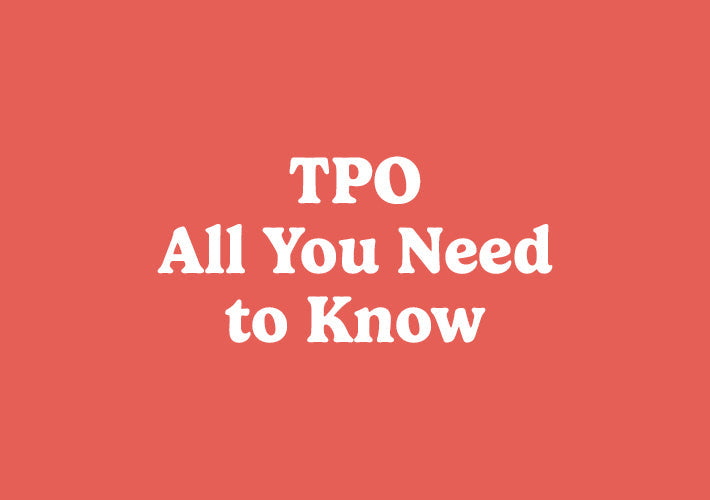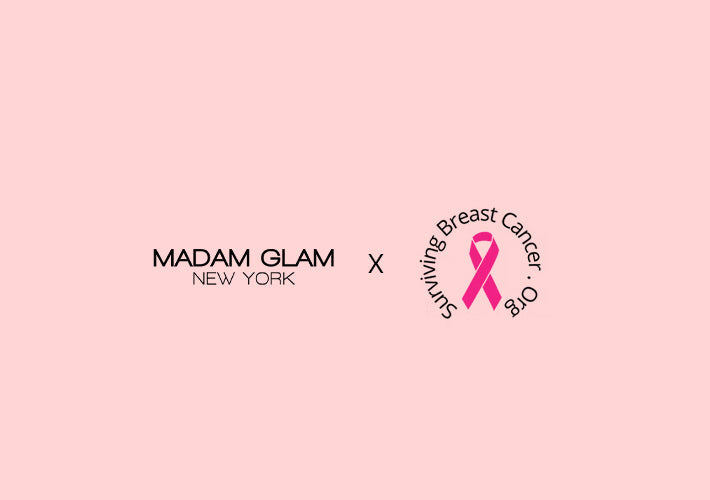
TPO-Free Nails: What’s Changing?
Maria MGWhat You Need to Know About TPO in Nail Products: A Guide for Nail Lovers
At Madam Glam, we’re always committed to keeping you informed about the latest in nail trends, products, and safety. If you’re a gel nail enthusiast, you may have heard about TPO and recent changes in regulations affecting it. Let’s break it down so you know exactly what’s happening and how it affects your favorite gels.
What is TPO?
TPO is a chemical compound that activates the curing process in gel nail products when exposed to UV or LED light. It is widely used in nail products for its effectiveness:
- Rapid curing ability – speeds up application time
- Color protection - Helps prevent yellowing of colors
- Broad compatibility – works with many types of monomers
- Effective depth curing – ideal for thicker gel layers
In short, TPO is the component that makes gel products harden properly.
Is TPO banned everywhere?
No. The restriction applies only to the European Union. TPO is not banned in the USA and countries outside the EU are not affected. While there have been discussions about a potential UK ban, no official plans, timelines, or regulations are currently in place.
How to Recognize TPO on Labels
TPO will not usually be listed under its abbreviation. Instead, look for its full chemical names or identifiers:
- Trimethylbenzoyl Diphenylphosphine Oxide
- Diphenyl (2,4,6 Trimethylbenzoyl) Phosphine Oxide
- EC / List no.: 278-355-8
- CAS no.: 75980-60-8
These are the official terms to look for when checking product labels or verifying compliance.
Why Did the EU Ban TPO?
This decision was based on animal studies where very high oral doses caused reproductive effects in rats. As a result, TPO was automatically banned under cosmetic safety regulations.
Important context:
- The studies were based on oral ingestion, not topical application.
- No evidence shows harm from typical use in nail products.
- Experts note that the ban is a precautionary measure, not a response to actual cases of human health issues.
What is replacing TPO?
Manufacturers are switching to safer alternatives like TPO-L and BAPO, which offer similar performance without the regulatory concerns.
- TPO-L
Ethyl phenyl(2,4,6-trimethylbenzoyl)phosphinate
Ethyl Trimethylbenzoyl Phenylphosphinate
Ethyl (2,4,6-trimethylbenzoyl)phenylphosphinate
CAS no: 84434-11-7
-
- Fast, reliable curing power
- Similar performance to TPO
- Different chemical structure with a better safety profile
- BAPO Phenylbis(2,4,6-trimethylbenzoyl)phosphine Oxide
CAS no: 162881-26-7
- Another photoinitiator in the same family
- Commonly used in dental materials and UV-curable coatings
- Distinct molecule with its own safety classification
Note:
- While these alternatives belong to the same chemical family, they are distinct compounds with different safety ratings. TPO- L and BAPO are not affected by the EU ban.
- Products using TPO-L or BAPO are safe and regulation-ready.
- From a user perspective, you won’t notice a difference in application, curing time, or wear when using TPO-free formulas. You will still enjoy the same smooth application and long-lasting results.
TPO is being phased out in the EU due to regulatory caution, not because of proven risks in cosmetic use. The industry has already adopted safe alternatives like TPO-L and BAPO, ensuring both compliance and high product performance.

At Madam Glam, we believe beauty should never come at the expense of safety. While our products remain fully compliant with U.S. standards , we've taken proactive steps to align with international safety guidelines. That's why the majority of our products are already formulated without TPO, and we are in the process of updating the few remaining gel polishes to ensure that our range is completely TPO-free.
You can always count on Madam Glam to follow the latest safety standards while still giving you the same gorgeous colors, smooth application and long-lasting results you adore.
We are here to support you. For any questions, please contact help@madamglam.com'




